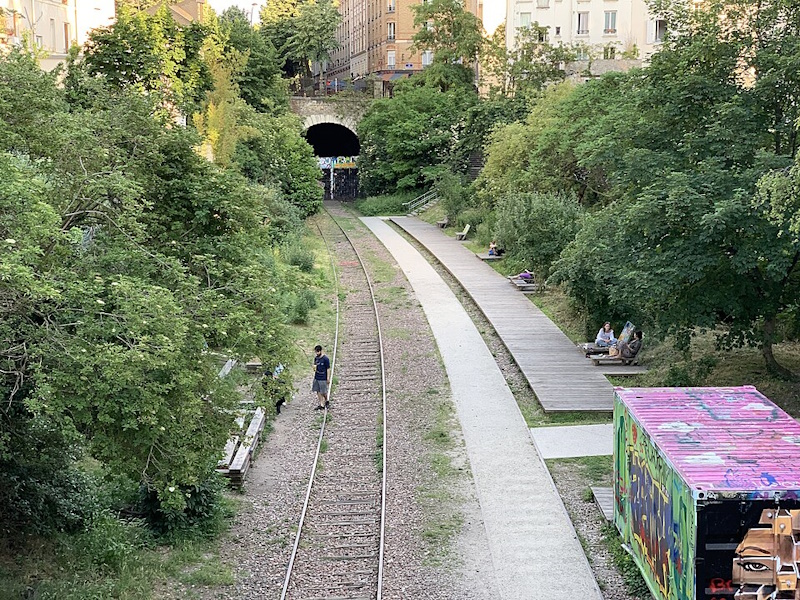La Petite Ceinture in Paris: 7 Public Sections You Can Actually Visit
Paris has a railway that no one rides. La Petite Ceinture, a 32-kilometer ring of tracks around the city, once carried passengers before the Metro made it obsolete. By the 1930s, the trains stopped. By the 1990s, the tracks were abandoned. For years, the railway sat forgotten, overtaken by wild plants and graffiti.
But not all of it was left to rot. Some sections have been transformed into parks, walking trails, and even cultural spaces, giving Parisians a new way to experience this relic of the past. Here’s where you can still see – and walk – this lost railway.
1. Parc Georges Brassens Section (15th Arrondissement)
This stretch in the 15th arrondissement is one of the best-preserved and easiest to access. Running alongside Parc Georges Brassens, the railway has been repurposed into a green walkway where you can stroll past wildflowers, ivy-covered rails, and old infrastructure still peeking through the landscape.
It’s quiet, peaceful, and totally legal to visit – no fence-hopping required. The entrance at 99 Rue Olivier de Serres leads straight onto the trail.
2. Villa du Bel Air Walkway (12th Arrondissement)

This 1.6-kilometer section near Villa du Bel Air is one of the longest stretches of La Petite Ceinture open to the public. The tracks are still intact, running alongside a dirt path lined with tall grasses and dense shrubs.
Unlike some sections where nature has buried the rails, here they remain clearly visible, cutting through the greenery like a forgotten highway. Rusting electrical boxes and former track switches remain from the old railway system. Access is from Square Charles Péguy or Villa du Bel Air.
3. Jardin de la Porte des Peupliers (13th Arrondissement)

This 430-meter stretch in the 13th arrondissement is one of the smallest open sections of La Petite Ceinture, but it’s also one of the most transformed. Once overgrown and inaccessible, it has been converted into a linear park with walking paths, benches, and signs explaining the site’s history.
Parts of the old tracks remain visible, cutting through wild grasses and low-lying shrubs. The area also serves as a small urban biodiversity zone, attracting birds, butterflies, and other wildlife rarely seen in central Paris. It’s open daily, with access at 9 Rue Augustin Mouchot and 26 Rue de l’Interne Loeb.
4. The Rue Didot Walkway (14th Arrondissement)
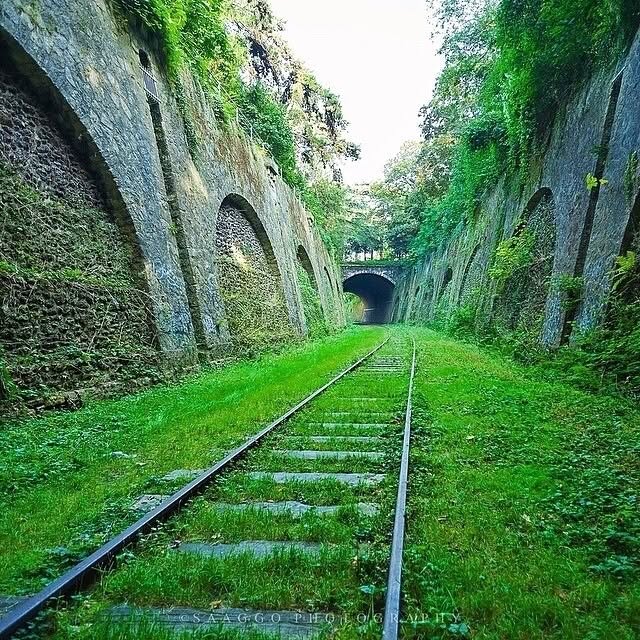
This 750-meter section in the 14th arrondissement is one of the most walkable parts of La Petite Ceinture, allying traces of the old railway with a landscaped public space. The original tracks are still in place, partially covered by gravel and plants, while wooden benches line the path.
Informational panels detail the history of the railway, and raised walkways allow visitors to see where trains once passed. Locals use it as a quiet shortcut between Rue Didot and Avenue du Général Leclerc. The main entrance is at 124 Avenue du Général Leclerc.
5. The Green Belt at Porte d’Auteuil (16th Arrondissement)
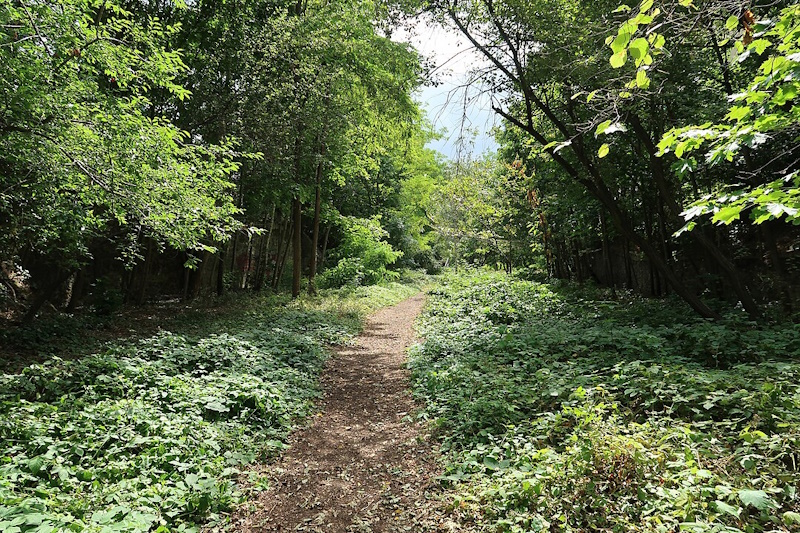
This 1.2-kilometer stretch in the 16th arrondissement is one of the longest and best-preserved sections of La Petite Ceinture open to the public. Running from Boulevard de Beauséjour to Porte d’Auteuil, it has been turned into a natural walkway where the original tracks remain visible alongside a landscaped path.
Tall trees, ivy-covered walls, and dense vegetation give it the feel of a hidden forest in the city. Informational signs highlight the railway’s history and the local plant life, making it both a scenic and educational walk. Access points include 27 and 61 Boulevard de Beauséjour and Rue du Ranelagh.
6. The Old Station of Charonne (20th Arrondissement)
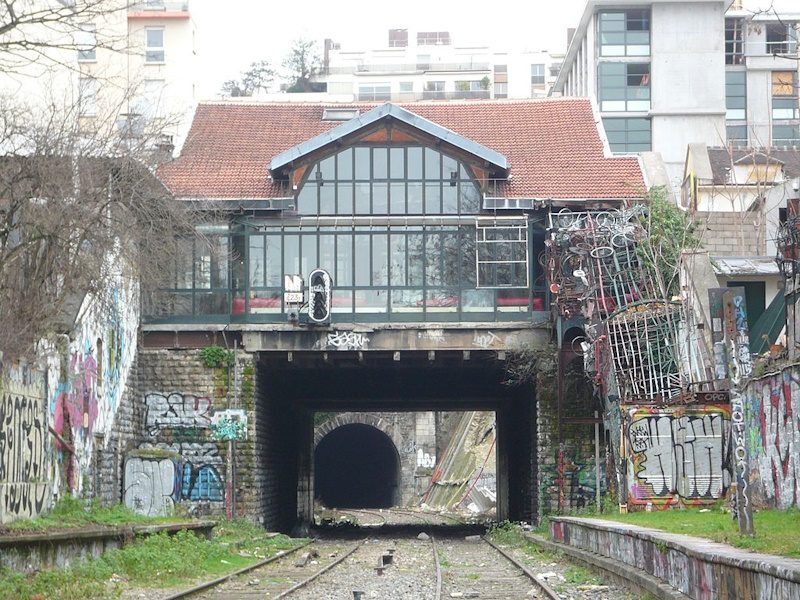
Not all of La Petite Ceinture has been turned into parks, some of it has found a second life in unexpected ways. The old Charonne station (above the tunnel), once a stop along the railway, is now La Flèche d’Or, a live music venue and bar.
The station building remains intact, and you can still see the rusting tracks running alongside the terrace. It’s one of the rare spots where you can grab a drink while sitting next to the ghost of a railway.
7. The Jardins du Ruisseau (18th Arrondissement)
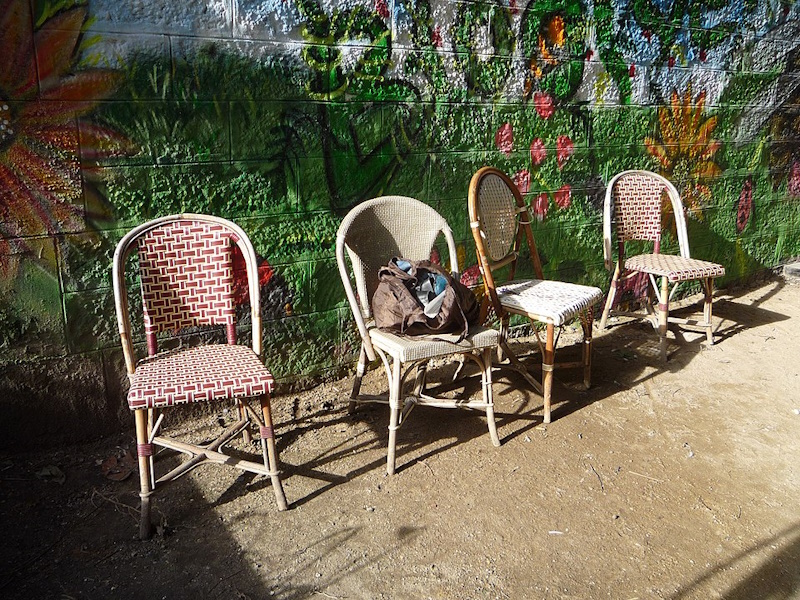
Perched along the old Petite Ceinture tracks near Porte de Clignancourt, Les Jardins du Ruisseau is a community-run garden built directly on the railway line. Once an abandoned section of track, this space was transformed in 2004 into a green oasis filled with flowers, vegetable plots, and beehives.
The original rails are still visible, running through the gardens. This is one of the most unique repurposed sections of the railway. It’s managed by local volunteers who organize workshops, cultural events, and educational activities focused on urban ecology.
Access is at 110 bis, Rue du Ruisseau, and while it’s a private association, visitors can enter during open days or special events.

